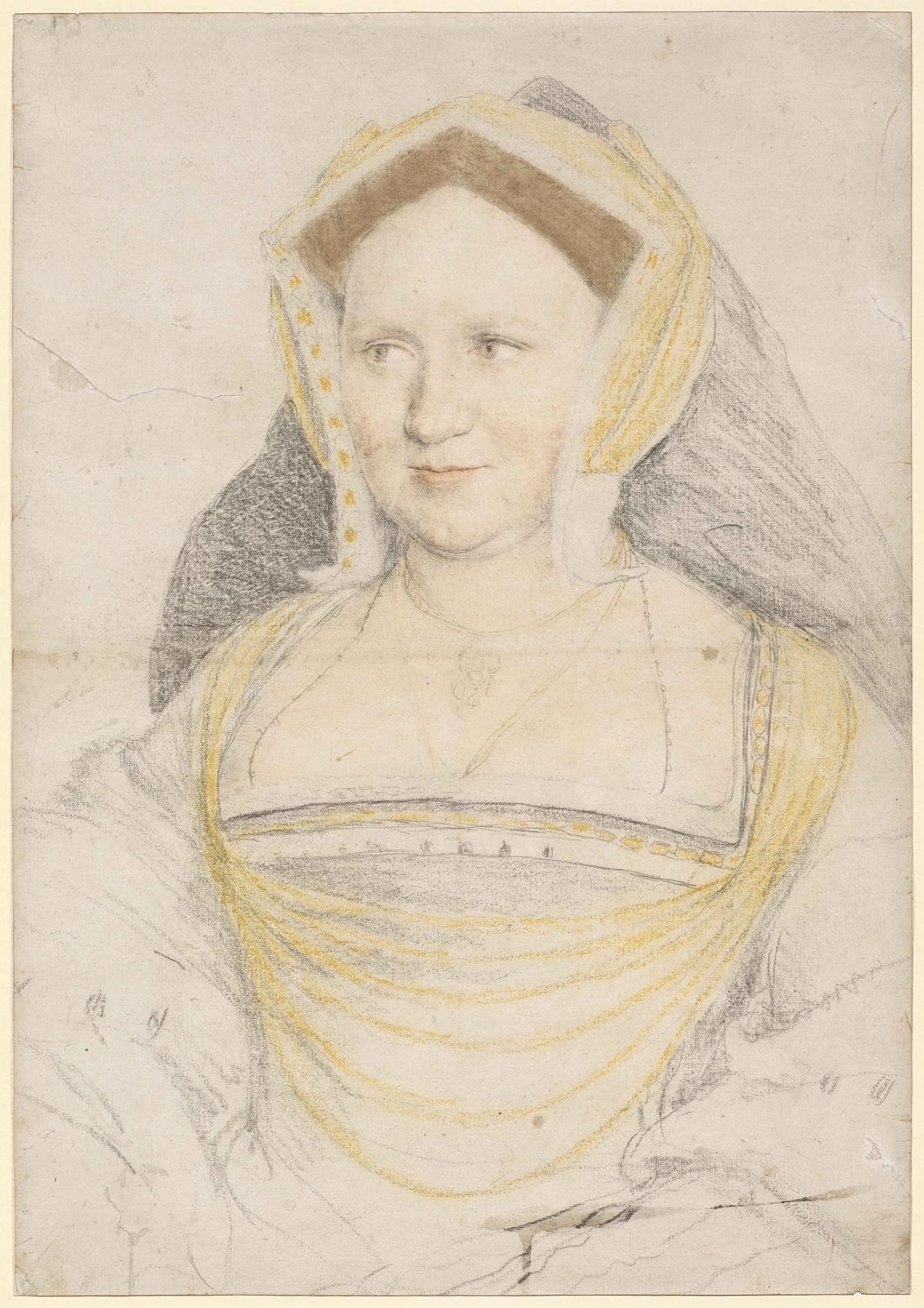A collection of extremely fragile Hans Holbein drawings—not seen by the public for nearly 20 years—have been brought out on view at the Kunstmuseum Basel as part of the institution’s rehang of its 14th- to 19th-century galleries.
The works, most of which are preparatory studies that allowed the Northern Renaissance painter to experiment with light and space, have been placed in a dedicated gallery, with a lighting system that turns on only when a visitor walks in. “They’re so light-sensitive and fragile,” says the museum’s director, Elena Filipovic. “They came into the collection in 1661 and, since the 1980s, they have been undercover and only lent out very rarely when it was a specific Holbein exhibition.” The works last appeared in a major Holbein show in 2006.
The Kunstmuseum, the oldest public art collection in the world, has been entirely “rethinking” its galleries, Filipovic says—with this latest stage unfolding over the past few months. “It was about: How do we show things? What juxtapositions can tell new stories? And how do we allow for more air?”
There is, indeed, more breathing space for works such as Holbein’s The Dead Christ in the Tomb (1521-22), “which is our Mona Lisa, if you will,” Filipovic says, and fresh wall colours to “bring them out”. Lesser-known figures have had similar treatment: a 1548 painting by Catharina van Hemessen—which is both the first self-portrait of a female artist in Western art history and the earliest known depiction of an artist at an easel, Filipovic says—has a prime spot in one room and will soon have fresh interpretation beside it.
Difficult questions have been asked too. Interpretation has been updated to address, for example, the colonial wealth behind the so-called Dutch Golden Age. “That was an important part of the rehanging,” Filipovic adds, “a wish to look critically at our own collection.”


